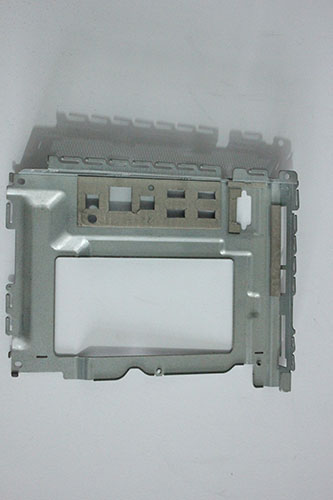Kunshan Wanwei Electronic Technology Co., Ltd.
Contact: Mr. Zhao
Phone: 13912658171
Fax: 0512-57868711
Website: www.ksoneway.com.
Address: No. 89 Luxing Road, Zhoushi Town, Kunshan City
Phase change material (PCM) is a substance that changes shape with temperature and provides latent heat. The process of changing a phase change material from a solid to a liquid or from a liquid to a solid is called a phase change. At this time, the phase change material will absorb or release a large amount of latent heat.
Phase change materials can be divided into Organic and Inorganic phase change materials. It can also be classified as Hydrated phase change material and Paraffin Wax phase change material.
The most common phase change material we use is non-water. When the temperature is as low as 0°C, the water changes from liquid to solid (ice). When the temperature is higher than 0°C, the water changes from solid to liquid (dissolved). During icing, a large amount of cold energy is inhaled and stored, and a large amount of thermal energy is absorbed during the dissolution process. The greater the amount (volume) of ice, the longer the dissolution process takes. This is one of the most typical examples of phase change materials.

How phase change material heats up and its characteristics:
Phase change materials have the ability to change their physical state over a range of temperatures. Taking the solid-liquid phase as an example, when it is heated to the melting temperature, the phase change from the solid state to the liquid state takes place. During the melting process, the phase change material absorbs and stores a large amount of latent heat; when the phase change material is cooled, it is stored. Heat is dissipated into the environment within a certain temperature range, and reversed phase transition from liquid to solid state occurs. In these two phase transitions, the stored or released energy is called latent heat of phase change. When the physical state changes, the temperature of the material itself remains almost unchanged until the phase transition is complete, forming a wide temperature platform. Although the temperature is constant, the latent heat absorbed or released is quite large.
The phase change materials of phase change materials mainly include inorganic PCM, organic PCM and compound PCM. Among them, inorganic PCMs mainly include crystalline hydration salts, molten salts, metals, or alloys; organic PCMs mainly include paraffin, acetic acid, and other organic materials; in recent years, composite phase change heat storage materials have emerged as Effectively overcome the shortcomings of a single inorganic or organic phase change heat storage material, and can also improve the application effect of phase change materials and expand its application. Therefore, the development of composite phase change heat storage materials has become a hot research topic in the field of heat storage materials. However, the mixed phase change material may also bring about the disadvantages of a decrease in the latent heat of phase change, or a tendency to be denatured during a long-term phase change.
Free hotline
0512-57868700

Mobile phone: 13912658171
Tel: +86 512-57868700
E-mail:ks_oneway@163.com
Address: No. 89 Luxing Road, Zhoushi Town, Kunshan City